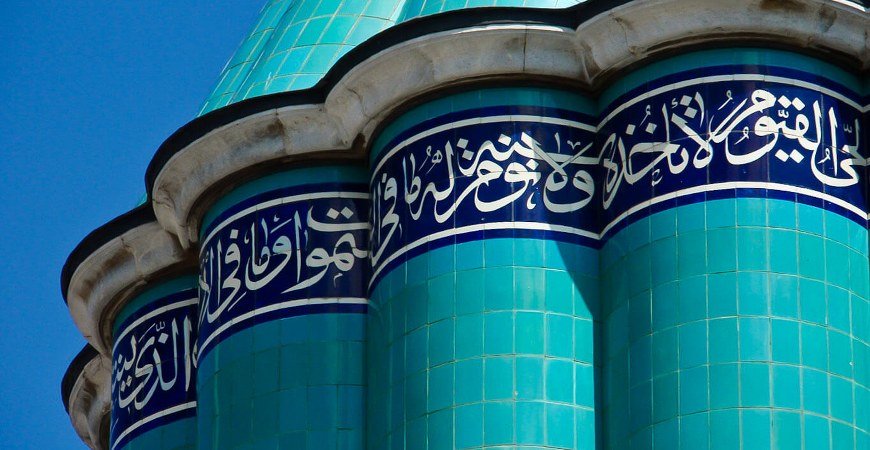
Konya Mevlana Museum – Chapter 1
Konya Mevlana Museum – Chapter 1,
The Konya Mevlana Dargah (dervish retreat) in Konya, where the tomb of the great Turkish thinker and mystic philosopher Mevlana Celaleddin is situated, was turned into a museum in 1927 and contains Objects pertaining to Mevlana and the Mevlevi order. The Mevlana Tomb and Dargah are of Seljuk and Ottoman construction. Mevlevi writings say that the site of the Tomb and Dargah was originally the private garden of the sultan in Seljuk times and later presented to Mevlana’s father Sultanul Ulema by Sultan Alaeddin Keykubad I. Sultanul Ulema who died 42 years before Mevlana was buried in this garden. When Mevlana died on December 17, 1273, his body was brought here and buried beside his father, and construction of a tomb begun. The architect Tebrizli Bedreddin built the tomb with the financial help of the wife of the Seljuk Emir Suleyman Pervane, Gurcu Hatun, Emir Alameddin Kayser and Mevlana’s son Sultan Veled. It was completed in 1274. It is thought that this first building was of cylindrical shape standing on four pillars with a conical dome. In 1396 and again during the time of the Ottoman Sultan Beyazit II repairs and additions were made and the interior decorated with painted designs.
Today the Tomb rests on arches supported by four pillars and is 25 m. in height. From the outside the body of the tomb is cylindrical in shape with 16 sections, ending at the top with stone cornices, above which is a 16 sectioned conical spire. The whole tomb including the spire is covered with turquoise colored tiles which were replaced from time to time. For this reason, it was called the Green Dome. On the side of the Dome in dark blue Sulus script are inscribed the Besmele and Ayet-ul-Kursi, and on the top of the spire is a gold moon and star symbol.
You can continue to find more details fort he Konya Mevlana Museum in Chapter 2.